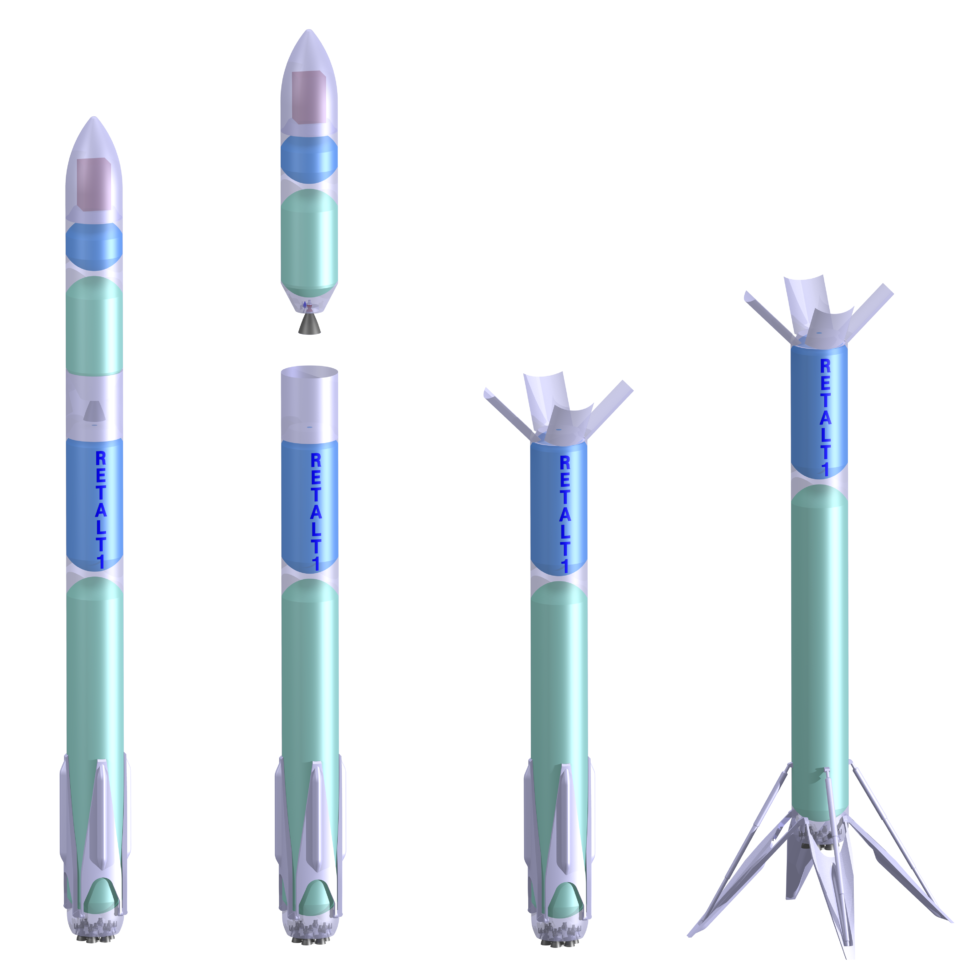-

The first concept proposed by RETALT is a Falcon 9 clone. [credit: RETALT ]
This month, the European Commission revealed a new, three-year project to develop technologies needed for two proposed reusable launch vehicles. The commission provided €3 million to the German space agency, DLR, and five companies to, in the words of a news release about the project, "tackle the shortcoming of know-how in reusable rockets in Europe."
This new RETALT project's goals are pretty explicit about copying the retro-propulsive engine firing technique used by SpaceX to land its Falcon 9 rocket first stages back on land and on autonomous drone ships. The Falcon 9 rocket's ability to land and fly again is "currently dominating the global market," the European project states. "We are convinced that it is absolutely necessary to investigate Retro Propulsion Assisted Landing Technologies to make re-usability state-of-the-art in Europe."
SpaceX began testing supersonic retro-propulsion as far back as September 2013, when the company first flew its upgraded Falcon 9 rocket, v1.1. This involves relighting the rocket's Merlin engines as the Falcon thunders toward Earth through the atmosphere at supersonic speeds. Relighting a rocket's engines and controlling its descent with aerodynamic surfaces was a huge engineering challenge that the company has now mostly mastered.
No comments:
Post a Comment